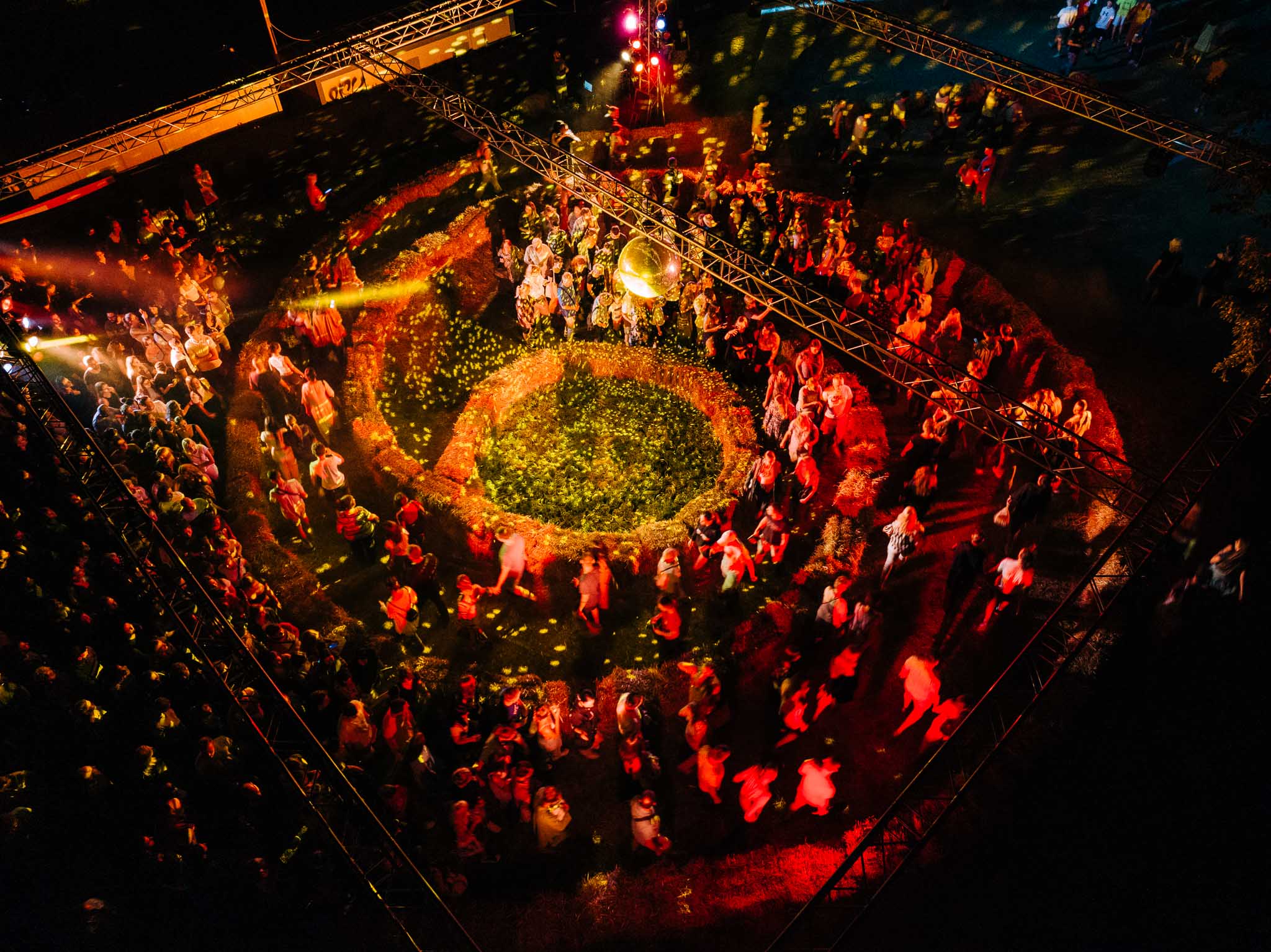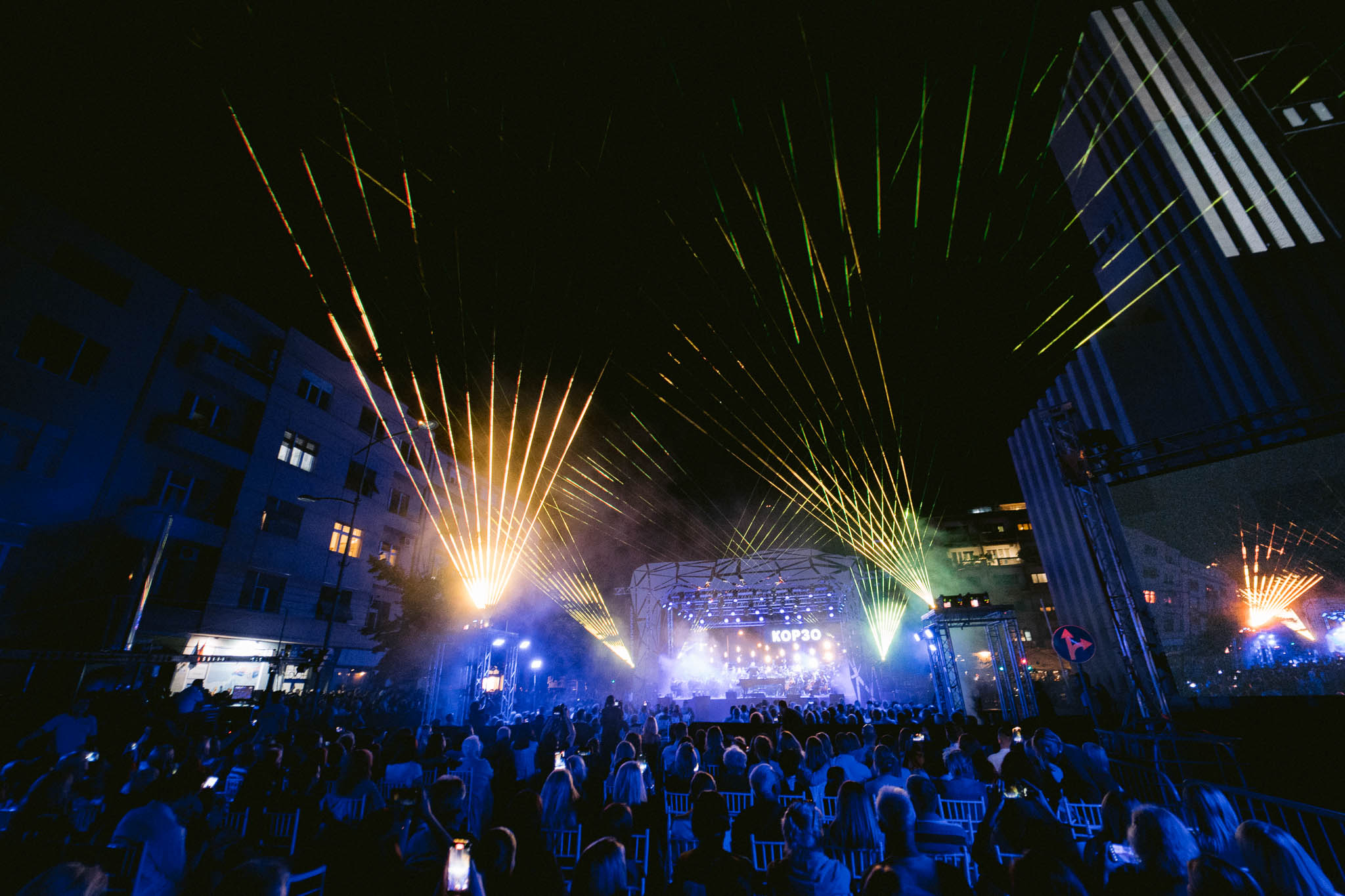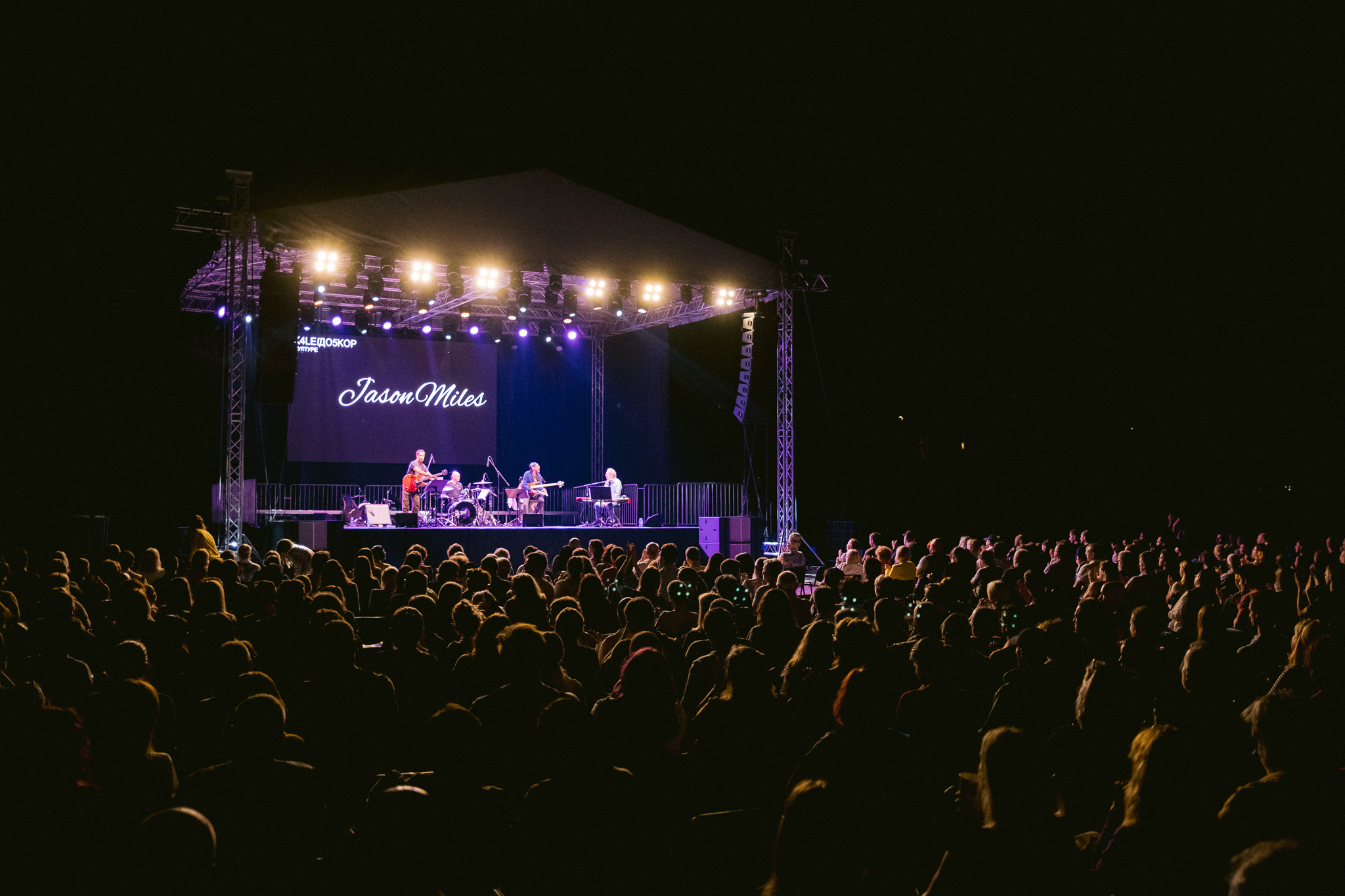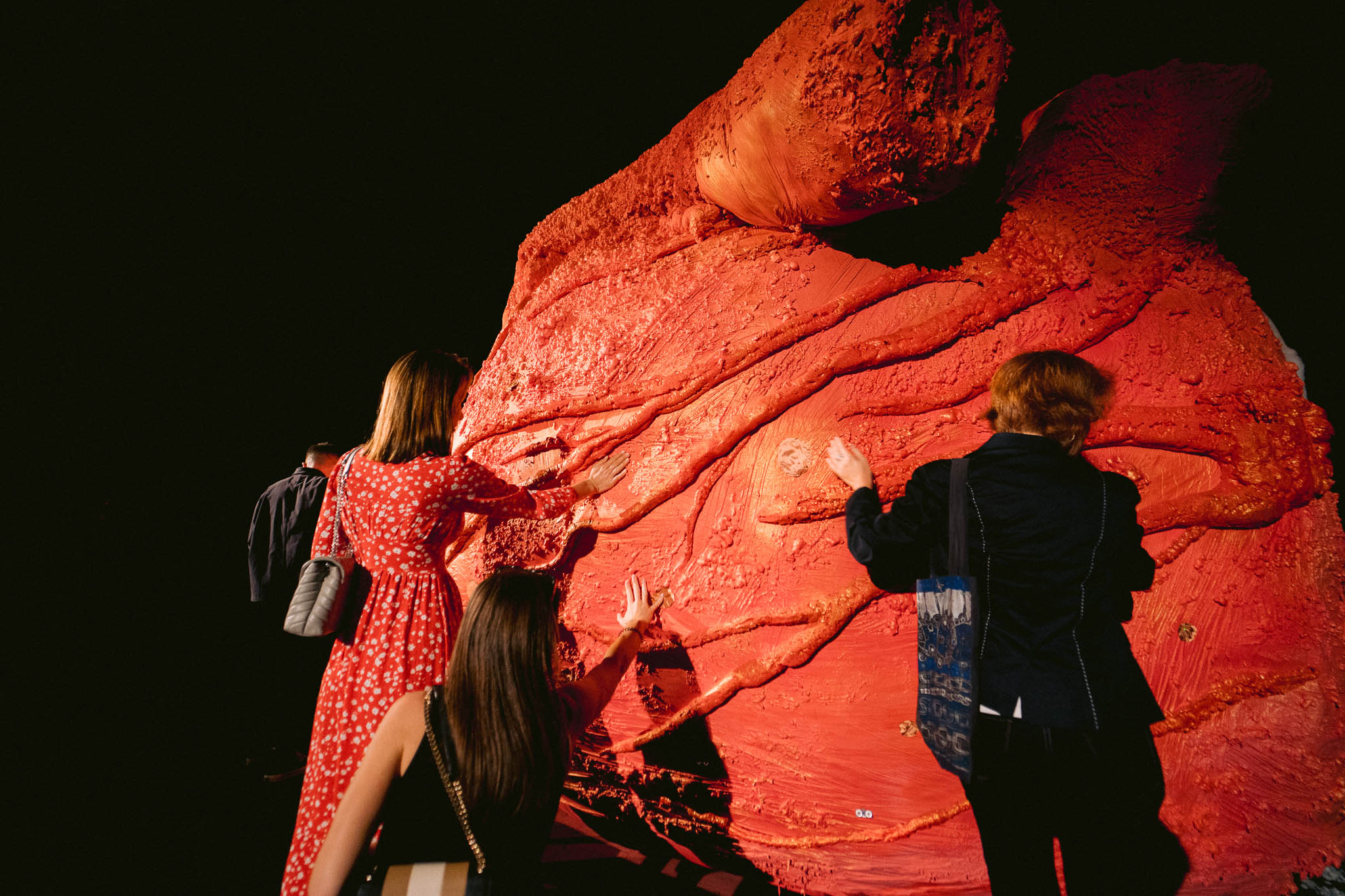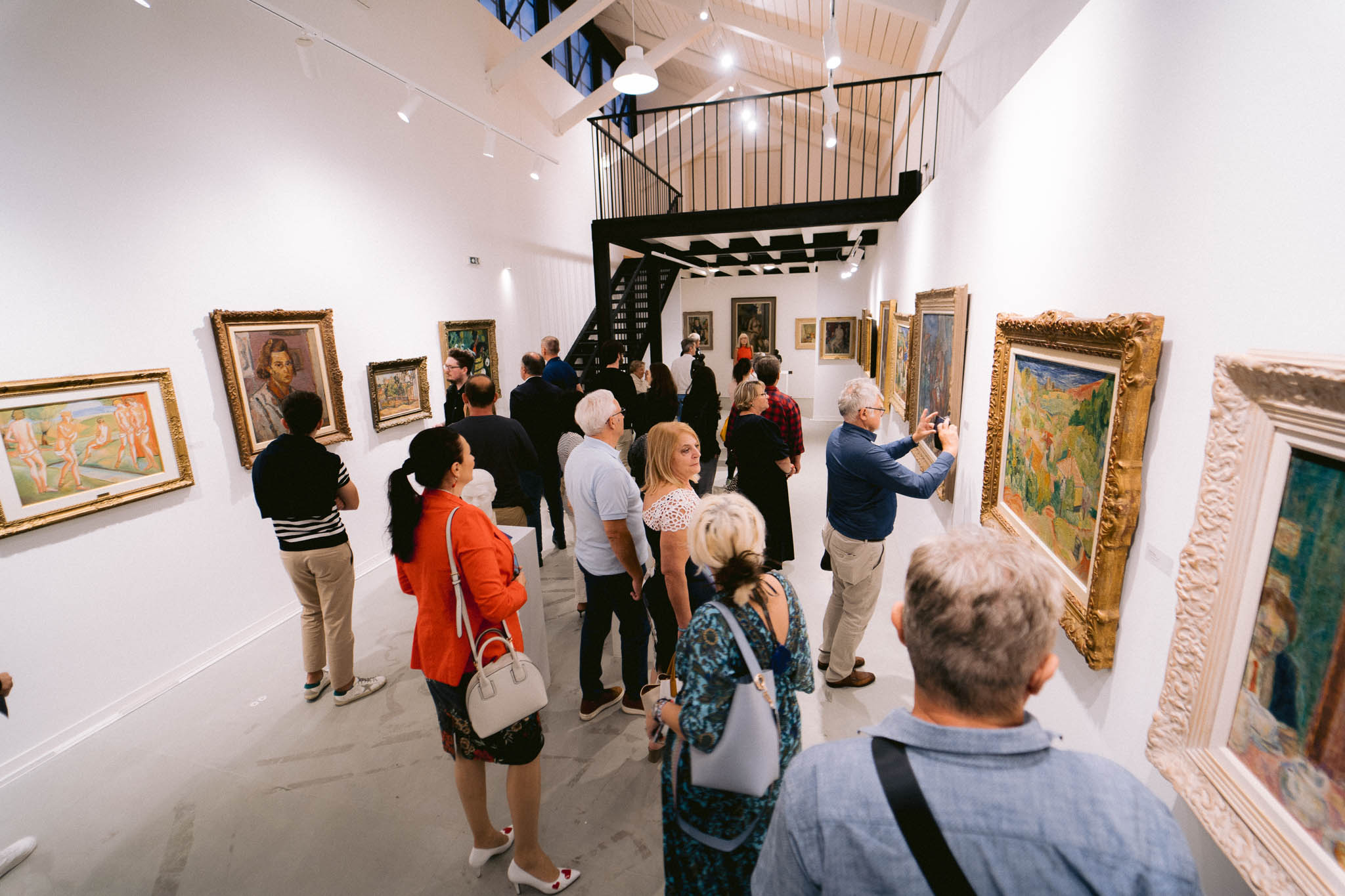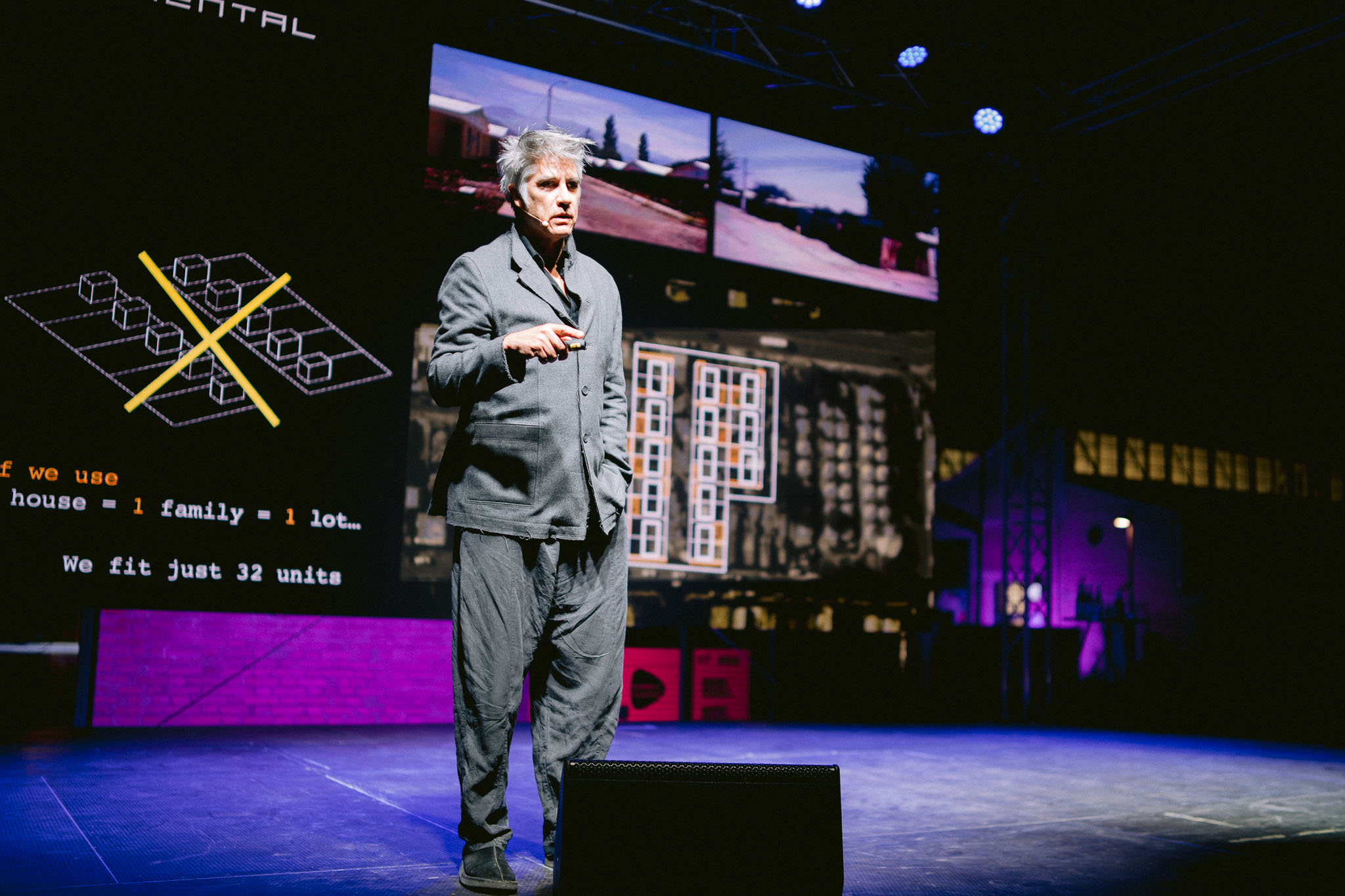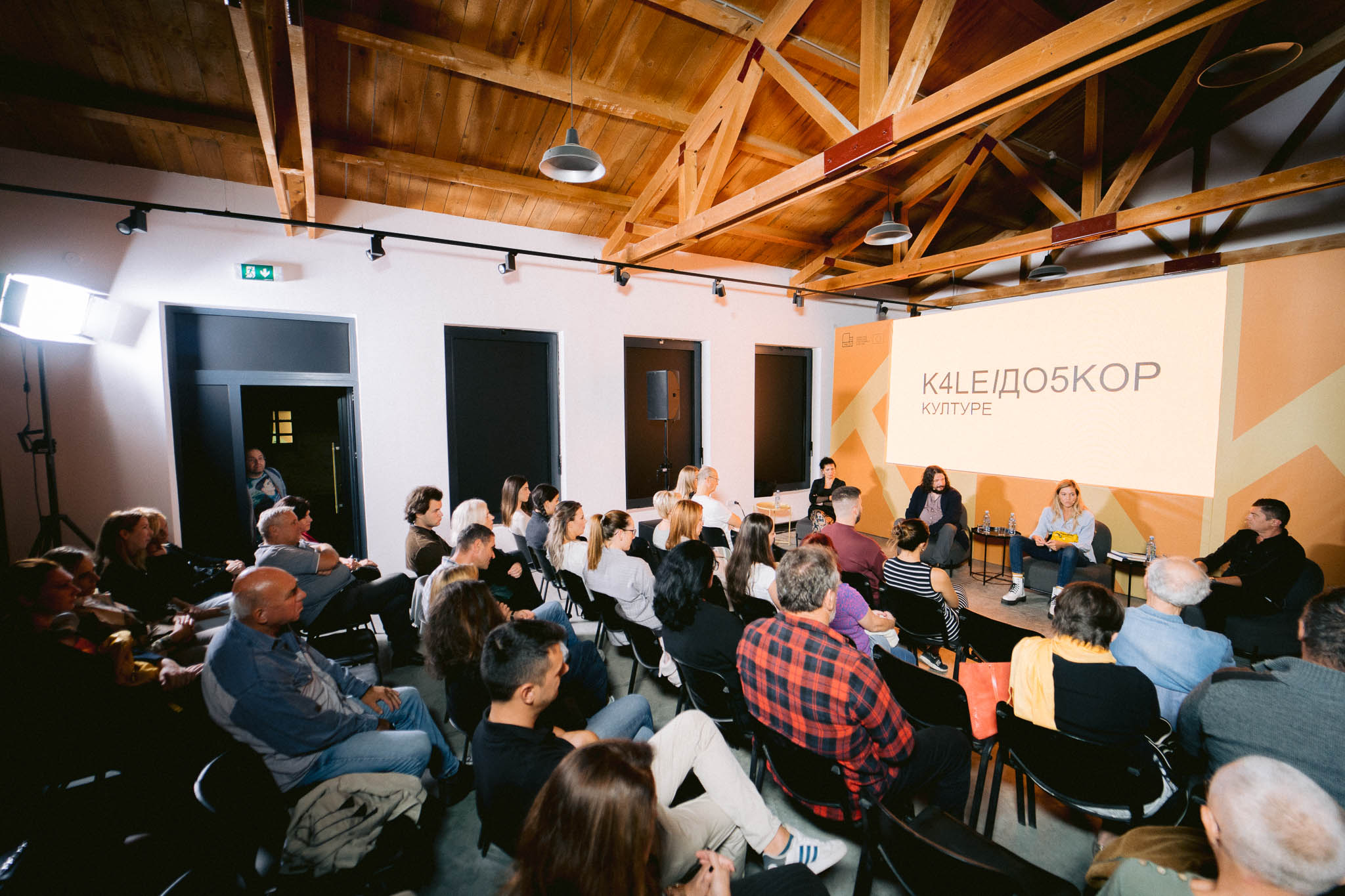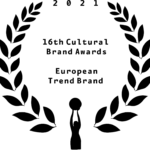The Kaleidoscope of Culture was completed in Novi Sad. With its sixth edition, it set new standards – in terms of programme that has not yet been seen in Serbia, in the number of visits, in a unique and hitherto unseen artistic concept, in bringing together local artists and artists who were in this part of Europe for the first time.
In almost 70 programmes, the Kaleidoscope of Culture offered, during five weeks, the best from the fields of performing, applied and visual arts, architecture and literature, in the two most important spatial legacies of the ‘Novi Sad – European Capital of Culture’ project – the District and the Network of cultural stations.
At the very opening, at Korzo, which has become the brand of the city, the audience enjoyed world-famous tunes, performed by Guinness World Record holder Peter Bence and the Vojvodina Symphony Orchestra, while in the three days of the opening in the District, the audience witnessed the extraordinary performance of ‘Unbreakable Ties’, representing one hundred years of the District through the most significant world events of the last hundred years.
‘I love the concept of Korzo! Music should be accessible, not restricted. It is like turning the city into a big stage. Furthermore, I believe in the upcoming renaissance of symphonic music, and what better way to start than to share its magic with people,’ said the world’s fastest pianist Peter Bence.
The stars of the performing arts this year were Grammy winner Jason Miles, violin virtuoso Stefan Milenković and the most famous Japanese children’s choir Senda Pan Flute Choir, conducted by Hiromitsu Shimamoto, and Bajićevi Slavuji choir from Novi Sad, led by Ana Kovačić.
‘I think it is beautiful because it all works together and that is what makes Kaleidoscope of Culture great. The closer you bring people together, the more they will appreciate aspects of art. It is incredibly important to promote art that includes all five genres, especially to younger audiences so they can absorb what can help them culturally in the future,’ said world-renowned jazzer Jason Miles.
Applied art is presented through installations that were shown for the first time in Serbia – the first exhibition and permanent exhibition on industrial heritage ‘Spirit of Place – A Century of the District’, the first thermal interactive installation ‘Heart’, as well as through spoken programmes of well-known names in the design scene – Slavimir Stojanović Futro and Goran Edi Tadić.
‘I think the Kaleidoscope of Culture is a great chance for artists to assert themselves through the very promotion of culture – which I think is the most important of all. Serbia lacks festivals of this type. The whole team that works in the organization is a wonderful synergy of the festival itself and its diversity, and should be an example for everyone in the future,’ said Milijana Komad, PhD, author of the world’s first thermal interactive installation ‘Heart’.
In the week dedicated to visual art, the Kaleidoscope of Culture presented three unusual exhibitions: ‘On the Paths of Serbian Art 1923 – 2023: From Konjović to Marina Abramović’ by BelArt Gallery, Vladimir Veličković’s photo exhibition showing a retrospective of the most important events within the ‘Novi Sad – European Capital of Culture’ project through more than 300 works, and the exhibition by artist Aleksandar Bajunović.
‘It is a unique concept and a privilege for the Novi Sad audience to intensively live/experience art in various art forms and disciplines for five weeks. It is difficult for an ordinary citizen to follow all the programmes and artistic events, therefore the way of communicating the content of Kaleidoscope and selecting its best quality is of great importance, ‘said Vesna Latinović on behalf of the BelArt Gallery.
The Novi Sad Kaleidoscope of Culture managed to set a precedent when it comes to architecture as an art, gathering almost 2,000 people to the lectures of the famous architect Alejandro Aravena, who was in this part of Europe for the first time as part of the Kaleidoscope of Culture. The Architecture Week was also marked by an exhibition on the concept of kitchens throughout history and an expert panel on future modernity.
‘Architecture can be practiced in several ways. Some of them are more artistic and some are more scientific. I do not consider our practice artistic in the conventional sense of the word. Art should be able to move forward with only partial information. And that, I would say, can be a solution to one of the biggest challenges we face in today’s societies,’ said Alejandro Aravena.
The finale of this year’s Kaleidoscope of Culture was devoted to literature, when the guests in Novi Sad were Muharem Bazdulj, Milica Vučković, Danica Vukićević, Jasminka Petrović and Olgica Pušić Ugrnov.
‘Culture is like a good apartment for parties, where it is important to always know what kind of people are in the living room, in the kitchen, on the balcony. I wish the organizers to persevere. The concept is good, but the loyalty to the established tradition is even more important,’ concluded writer Muharem Bazdulj.
Partner of the Kaleidoscope of Culture is Erste Bank.
